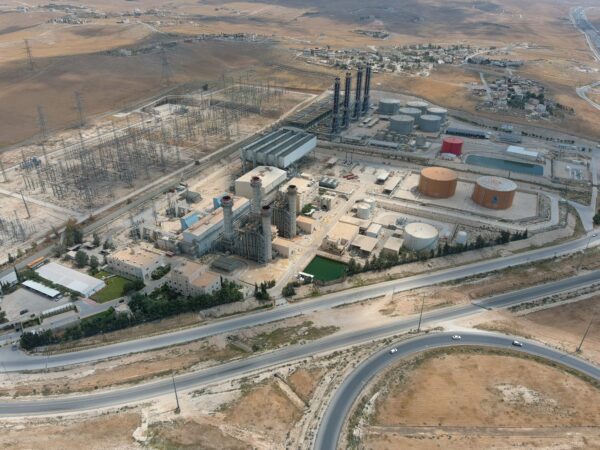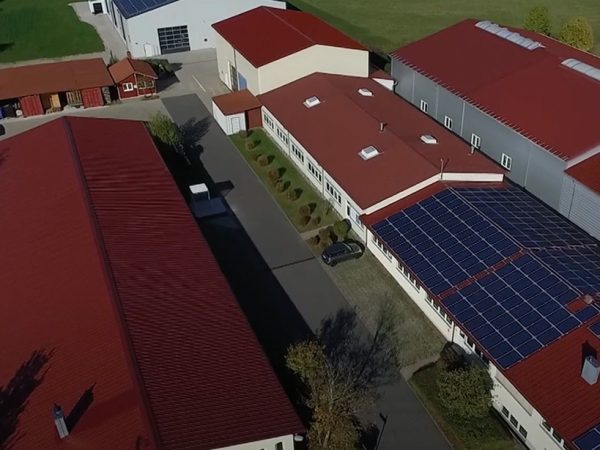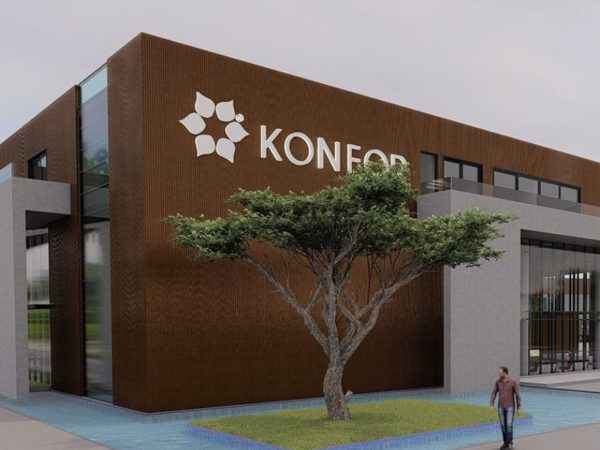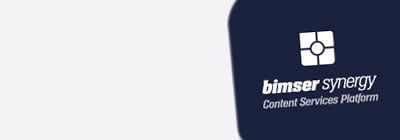
BEAM Enterprise Asset Management System Project with TOYOTETSU
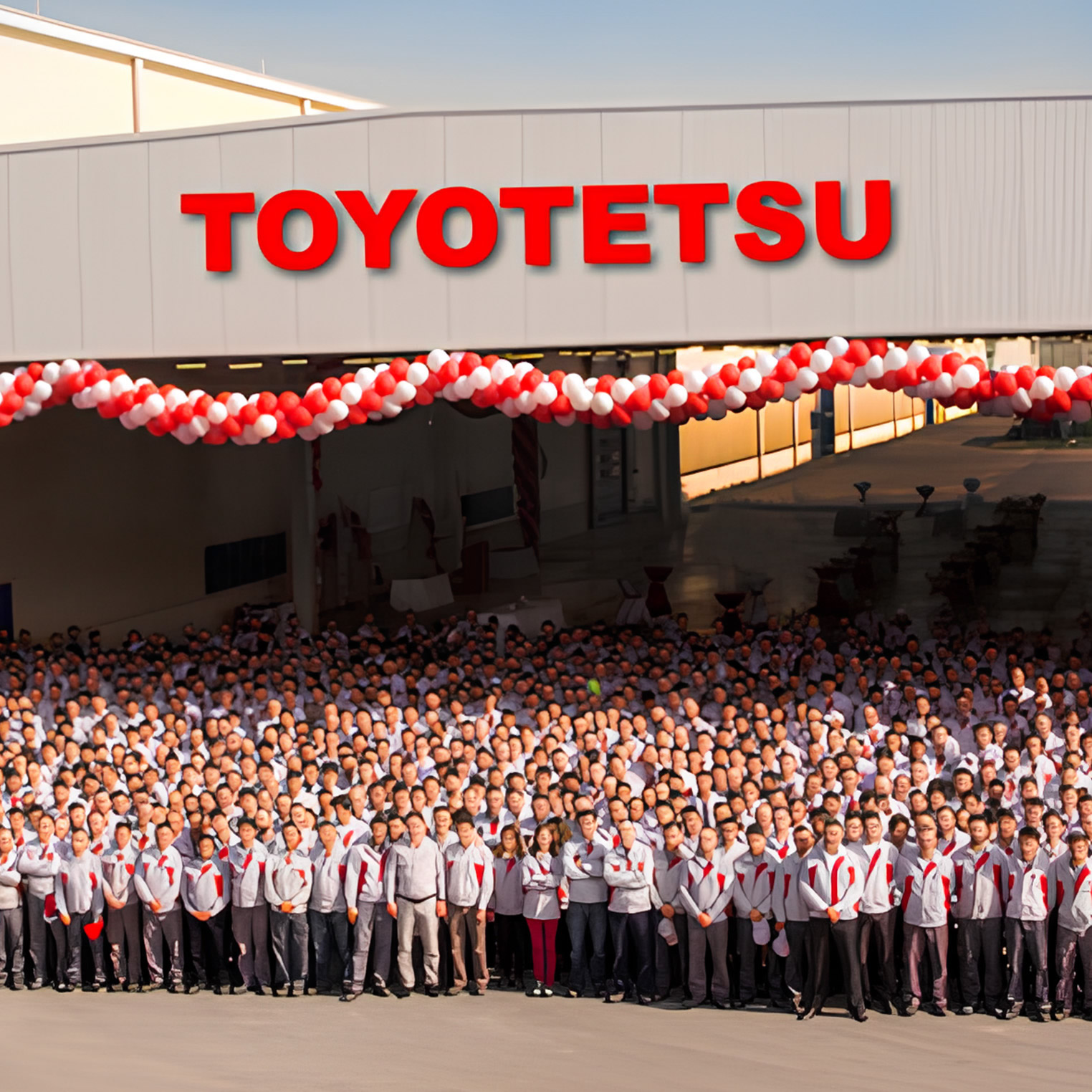
About TOYOTETSU
Toyotetsu Turkey was established in Gebze TOSB in 2001 and started production in 2002. With a 62.700 square meter closed area, the company has 2 factories, 1 R&D Center, 1 mold factory, 180 robots, 7 transfer, 3
blanking, 3 hot pressing, 3 laser cutting and 4 tandem press lines. The company has a total of 1270 employees. Toyotetsu Turkey serves as the only production and R&D Center in the European continent among the group companies producing high-strength cold and hot formed automotive body and chassis parts.
Needs
Before using BEAM, Toyotetsu managed assets on paper and Excel spreadsheets. These analog methods made it difficult to track the addition, movement and removal of assets. Keeping records of maintenance and
breakdowns was cumbersome, reporting and tracking historical records was time-consuming, which reduced the efficiency of business processes and increased the error rate.
As the needs of the organization grew, these legacy solutions proved inadequate, making it important to look for a more effective solution. BEAM provided a more effective solution that responded to growing organizational needs.

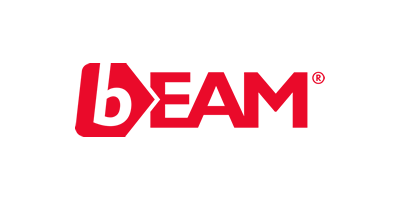
BEAM Enterprise Asset Management solution covers all asset-related processes, from adding assets to inventory to scrapping them. The solution also identifies the causes of asset failures, compares the purchase price of your assets in foreign currency with the cost of materials and labor spent on the asset, and provides your management with information to support their decisions on the economic life of your assets
Why Bimser BEAM Enterprise Asset and Maintenance and Repair Management System?
Toyotetsu chose BEAM to ensure effective asset and maintenance management. The main objectives and KPIs of the project were:
During BEAM implementation, asset management was grouped into resource and press sections. Machines were tracked by making special definitions for their malfunctions. Technicians increased compliance and efficiency by using mobile applications in the field. ERP, QDMS and Energy Monitoring integrations were also planned with the “Smart Factory” application.
Results And Achievements
The benefits and results of the project have been quite significant:


